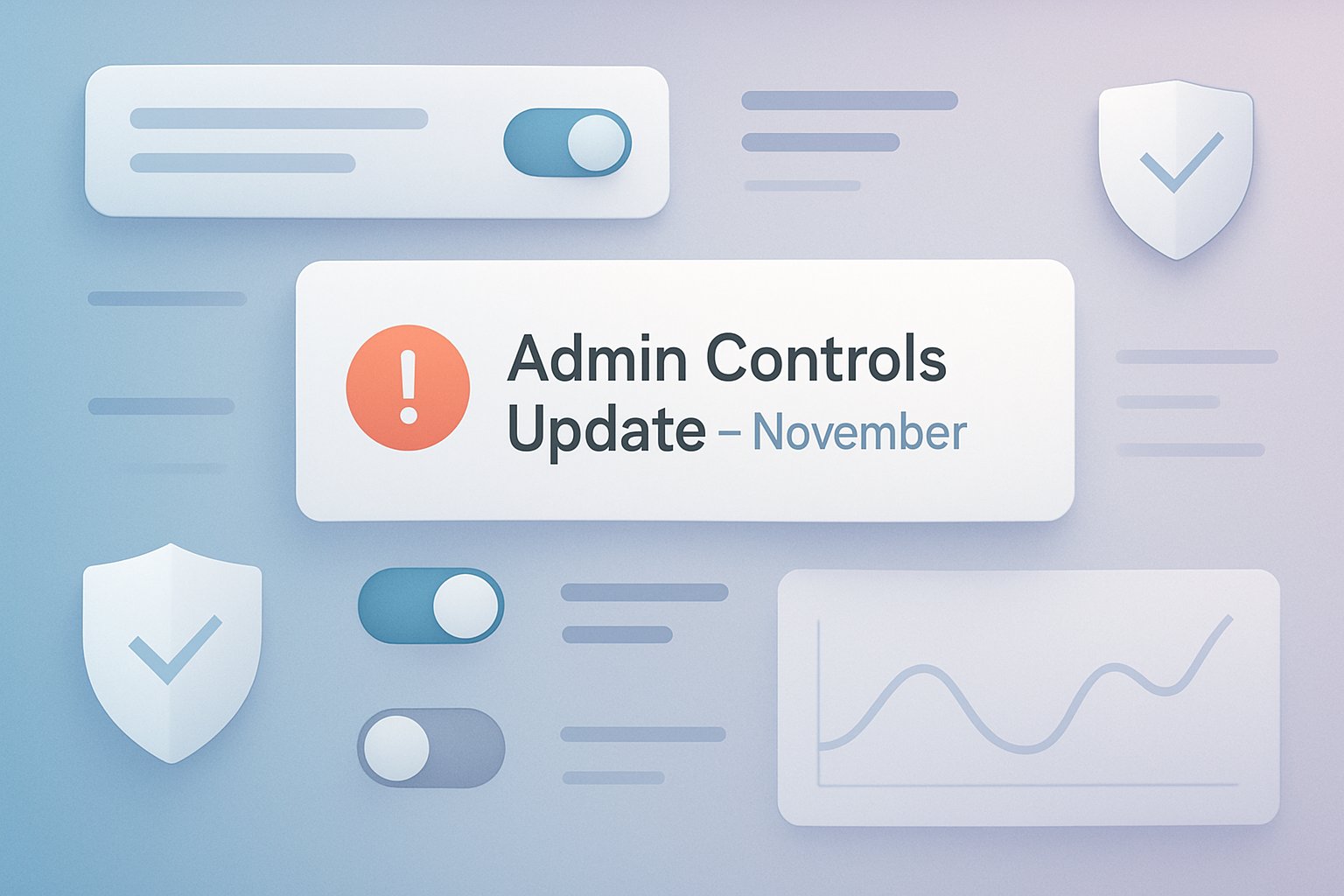
AI CERTS
5 hours ago
Power BI Copilot’s late November rollout reshapes homepage
Consequently, this article examines the update’s business value, technical details, and competitive implications. Readers will learn how features like ad-hoc questioning, suggested prompts, and layout customization fit into enterprise workflows. Additionally, guidance for recently opened items management and tenant settings will help administrators prepare. Let’s explore the details.

Late November Rollout Impact
The late November rollout introduced a prominent Copilot button on the web and mobile homepages. Users can now type or dictate natural-language requests. Subsequently, Copilot generates text answers and visuals with citations. Microsoft also enabled a standalone “chat with your data” screen by default for tenants that had already switched Copilot on. In contrast, administrators still retain an opt-out toggle in Power Platform settings.
Mohammad Ali, Partner Director for Power BI, framed the upgrade by noting “over 35 million monthly active users across 550,000 organizations.” Those numbers underline Microsoft’s ambition. However, the new default surfaced concerns about governance, data residency, and billing transparency. We will address these factors shortly.
Key takeaway: Visibility drives adoption, yet visibility also magnifies policy gaps. Therefore, understanding controls is essential before wider employee exposure.
Core Features At Launch
Several improvements arrived alongside the late November rollout. Report Copilot now suggests richer visuals and inherits slicer states when delivering verified answers. Moreover, the filter permutation limit rose from three to ten. Users gain smoother ad-hoc questioning and clearer explanations as a result.
Meanwhile, mobile users benefit from a dedicated full-screen chat. Voice input on iOS accelerates casual analysis during travel. Additionally, Copilot lists recently opened items, reducing navigation time. Suggested prompts appear inside the chat box to inspire new explorations. Each element lowers the learning curve for business stakeholders.
The following list summarizes headline enhancements:
- Homepage entry point for instant ad-hoc questioning.
- Standalone chat experience with suggested prompts and visual citations.
- Improved layout customization recommendations inside Report Copilot.
- Verified answers now respect slicers and ten filter combinations.
- Mobile chat with speech recognition and recently opened items shortcuts.
These upgrades target productivity and accessibility. However, they also demand trusted semantic models. Without high-quality data, Copilot can hallucinate. Consequently, Microsoft’s “prep data for AI” guidance gained renewed relevance.
Governance And Admin Controls
Administrators face new responsibilities after the late November rollout. Tenant settings now include separate toggles for Copilot access and the standalone experience. Furthermore, the controversial “Move data across regions” setting determines where prompts and responses get processed. Organizations bound by strict residency rules must review this flag carefully.
Verified answers and business definitions mitigate risk. Authors can pre-approve narratives, enforce consistent layout customization, and publish trusted insights. Moreover, recently opened items lists respect existing permissions, ensuring no unintended data exposure. Nevertheless, clarity around roles remains vital. Helpdesk teams need scripts explaining why buttons appear yet remain inactive when capacity or region blocks apply.
Key takeaway: Policy alignment should precede feature excitement. Therefore, communicate requirements before employees embrace chat-driven exploration.
Capacity And Billing Complexities
Copilot requests consume Azure OpenAI tokens routed through Fabric capacities. During the late November rollout, Microsoft introduced automatic workspace autoselection for users lacking a Fabric Copilot Capacity. Consequently, chargebacks may land on unexpected cost centers.
Provisioning a dedicated Fabric Copilot Capacity centralizes billing and performance guarantees. Additionally, administrators must size capacity for ad-hoc questioning spikes driven by suggested prompts. In contrast, failing to plan causes throttling and user frustration.
Professionals can enhance their expertise with the AI Data™ certification. This credential covers AI workload sizing, governance, and optimization—competencies now crucial for Power BI owners.
Key takeaway: Financial oversight is as important as technical enablement. Therefore, review capacity SKUs before opening Copilot to thousands.
User Experience And Adoption
Early feedback shows strong interest from analysts and executives. Users appreciate quick answers, layout customization suggestions, and context-aware charts. Moreover, recently opened items streamline workflow continuity. Consequently, session times decrease while insight velocity increases.
However, expectations must be managed. Copilot excels at exploratory dialogue, yet complex modeling still demands DAX expertise. Therefore, training programs should emphasize when ad-hoc questioning is appropriate and when traditional modeling remains superior.
Microsoft also added badges highlighting verified answers and suggested prompts sourced from community best practices. These signals foster trust and encourage responsible usage.
Key takeaway: Positive first impressions hinge on clear guidance. Subsequently, adoption grows when governance, training, and performance align.
Competitive Landscape And Outlook
Power BI already leads the Gartner Magic Quadrant. Nevertheless, Tableau, ThoughtSpot, and Google Looker continue investing in natural-language analytics. Microsoft’s late November rollout therefore ups the ante by embedding generative AI deeper into everyday workflows.
Furthermore, the preview Model Context Protocol lets external agents query semantic models programmatically. This extensibility could differentiate Power BI from rivals focused solely on UI innovation. In contrast, competitors may prioritize turnkey storytelling tools rather than open protocols.
Market analysts expect rapid iteration. Suggested prompts will likely expand, while layout customization models will learn from anonymized usage. Meanwhile, verified answers may feed Microsoft 365 Copilot narratives, amplifying value across Office apps.
Key takeaway: Microsoft now competes on ecosystem depth, not just features. Consequently, partner integrations and certification paths will shape enterprise decisions.
Practical Implementation Checklist Guide
Admins preparing for the late November rollout should follow a structured plan. The steps below prioritize risk reduction and user success:
- Audit tenant Copilot settings and decide on default or opt-out positions.
- Evaluate “Move data across regions” and document compliance implications.
- Select or purchase Fabric Copilot Capacity to avoid random workspace charges.
- Mark key datasets as “prepped for AI” and create verified answers.
- Publish communication explaining suggested prompts, ad-hoc questioning boundaries, and recently opened items visibility.
Moreover, schedule load tests because layout customization requests may spike compute demand. Administrators should also monitor usage telemetry, adjusting capacity before peak reporting periods.
Key takeaway: A proactive checklist transforms potential disruption into controlled innovation. Therefore, start execution immediately to harness homepage Copilot benefits.
These challenges highlight critical gaps. However, emerging solutions are transforming the market landscape.



